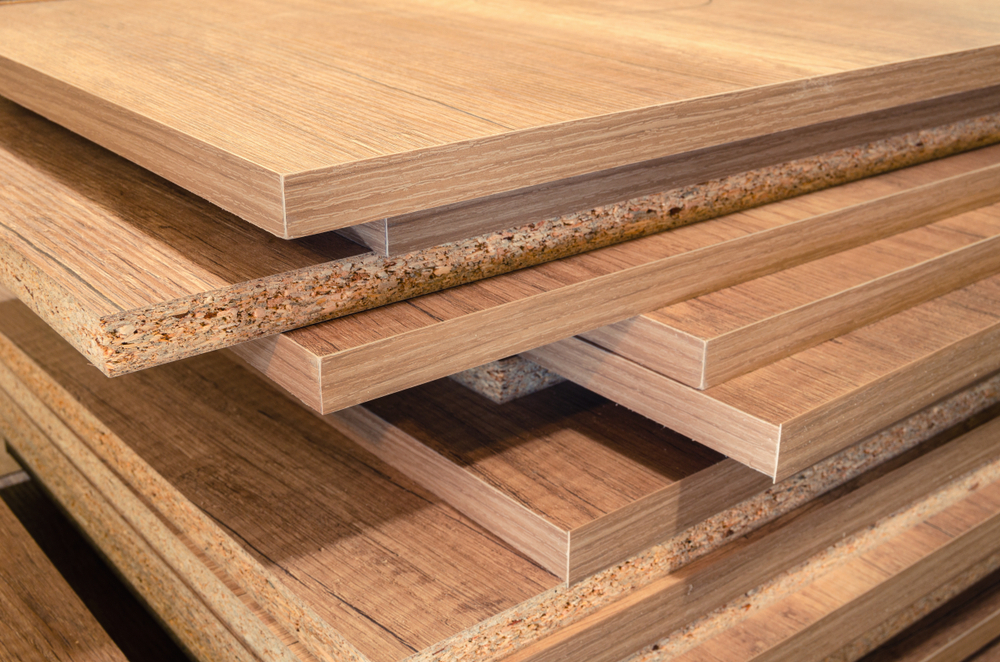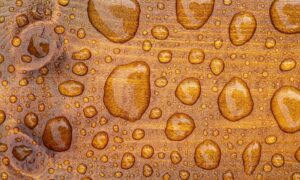Choosing the right plywood for your project can be a critical decision, as the type of plywood you choose can affect the appearance, durability, and strength of your finished project. Here are some tips to help you choose the right plywood for your project:
1. Consider the project’s requirements: The first thing you need to consider is the project’s requirements, including the size, shape, and function of the finished product. You will need to choose a plywood that is strong enough to support the weight of the finished product, and that has the appropriate thickness and dimensions.
2. Look for the right grade: Plywood comes in different grades, which indicate the quality of the wood and the appearance of the finished product. Grades range from A to D, with A being the highest quality and D being the lowest. A-grade plywood is the most expensive and is best for projects that require a smooth, blemish-free finish. B-grade plywood is less expensive and may have some knots and defects, but it is still a good choice for many projects. C-grade plywood is even less expensive and may have more defects, but it is still strong and suitable for many applications. D-grade plywood is the least expensive and may have many knots and defects, and is typically used for temporary projects or for projects where appearance is not a concern.
3. Consider the type of wood: Plywood is made from different types of wood, including hardwoods and softwoods. Hardwood plywood is made from hardwoods such as birch, oak, or maple and is typically more expensive but stronger and more durable. Softwood plywood is made from softwoods such as pine, spruce, or cedar and is less expensive but may not be as strong or durable as hardwood plywood.
4. Look for the right thickness: Plywood comes in different thicknesses, and you will need to choose the right thickness for your project. Thicker plywood is stronger and more durable, but it is also heavier and more expensive. Thinner plywood is lighter and less expensive, but it may not be strong enough for some projects.
5. Consider the glue used: The glue used in plywood can affect its strength and durability. Plywood can be made with either interior or exterior glue. Interior glue is suitable for projects that will not be exposed to moisture, while exterior glue is necessary for projects that will be exposed to moisture.
If this sounds interesting to you, this is your time to craft memories with Ply Story!



